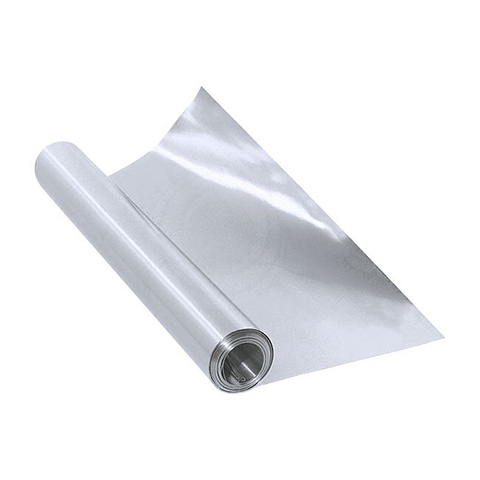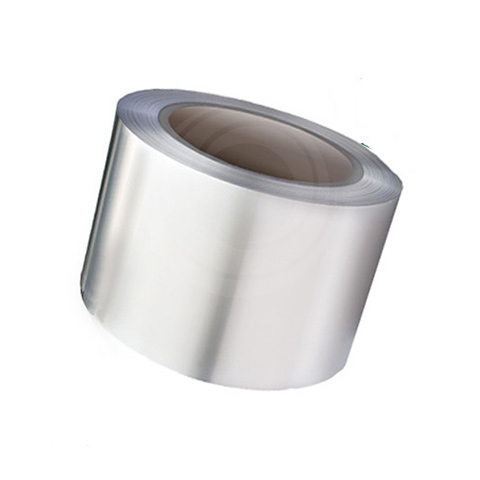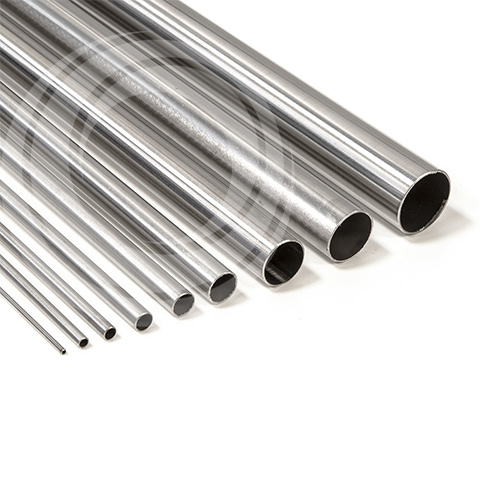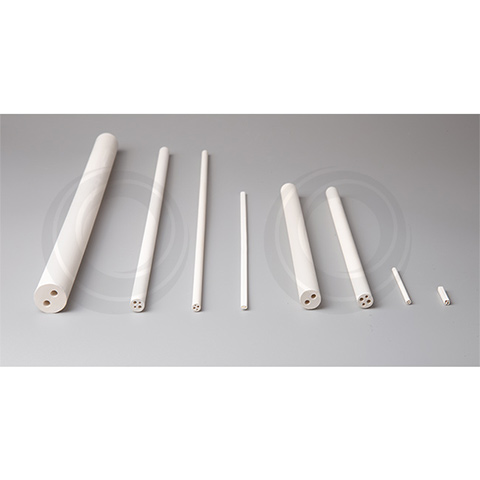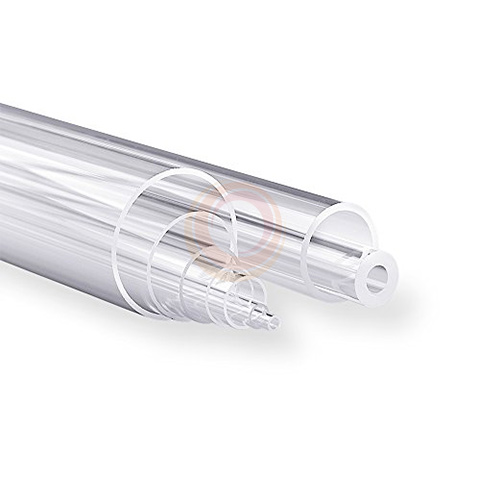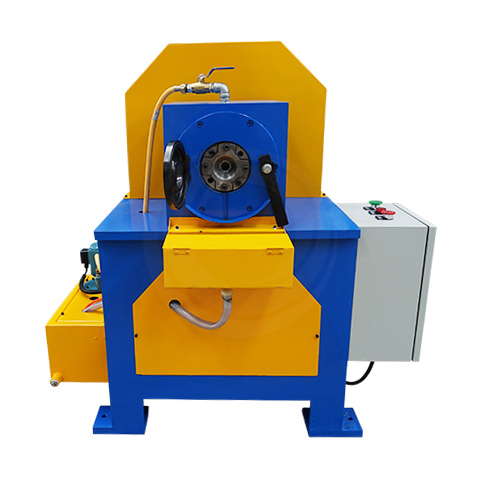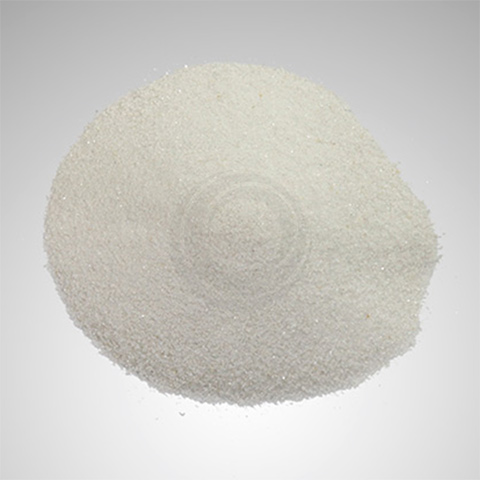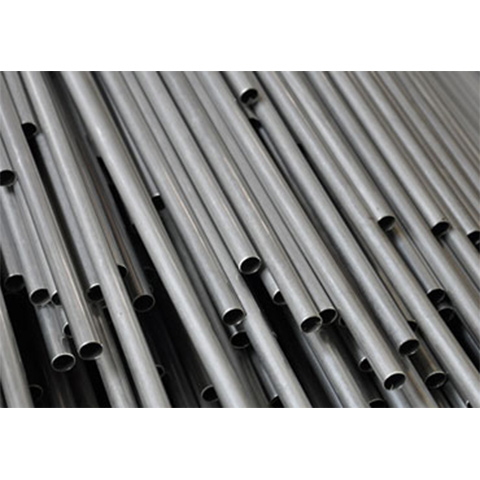Ultra-Thin Foil Material
Introduction
Extremely thin metal sheets or strips. Most metals and their alloys can be made into foil materials, such as gold, silver, copper, iron, tin, zinc, lead, nickel, aluminum, tungsten, molybdenum, tantalum, niobium, titanium, as well as steel, stainless steel, nickel-based, and cobalt-based alloys. Among them, aluminum foil is the most widely used.
Different countries have different regulations regarding the maximum thickness of various. For example, China specifies a maximum thickness of 0.20mm for aluminum foil, and 0.05mm for copper, nickel, lead, zinc, steel, and other foil materials. In the United States, the maximum thickness for aluminum foil is 0.051mm (0.002"), and for steel and precision alloy foils, it is 0.127mm (0.005"). Another indicator for assessing the thickness of foil material is the weight per unit area, such as g/m or oz/sq ft, with a larger value indicating a greater thickness.
Application
In the electric heating industry: resistance strips/electric heating films (made from materials such as Mica, silicone, PET, PVC, etc.), metal honeycomb core bodies, precision etching, communication, electric heating components, electronics, household appliance parts, chemical industry, automotive industry, solar energy industry, high tensile strength products, and more.
Foil material has a wide range of applications, which is determined by the characteristics of the foil metal and the foil material itself. For example, steel and alloy foils are mainly used in electronics, aerospace, instrumentation, and other sectors. Iron-nickel soft magnetic alloy foils are used to make iron cores for miniature high-frequency pulse transformers, switch coils, magnetic recorders, magnetic amplifiers, and more.
Titanium alloy foils are used to make decorative mesh on jet engine combustion chambers, metal composite heat shields in aerospace aircraft thermal protection systems, and titanium multilayer walls. Tungsten-molybdenum and other foils are used for special electronic tubes and heating elements. Copper-nickel and nickel-chromium resistance alloy foils are used to make force strain gauges, precision resistors, and gap pieces for recording and video magnetic heads. Stainless steel foils are used to produce shims on high-sensitivity pressure elements in precision instruments and major structural materials and heat exchange materials in steam turbine engines, among other applications.

